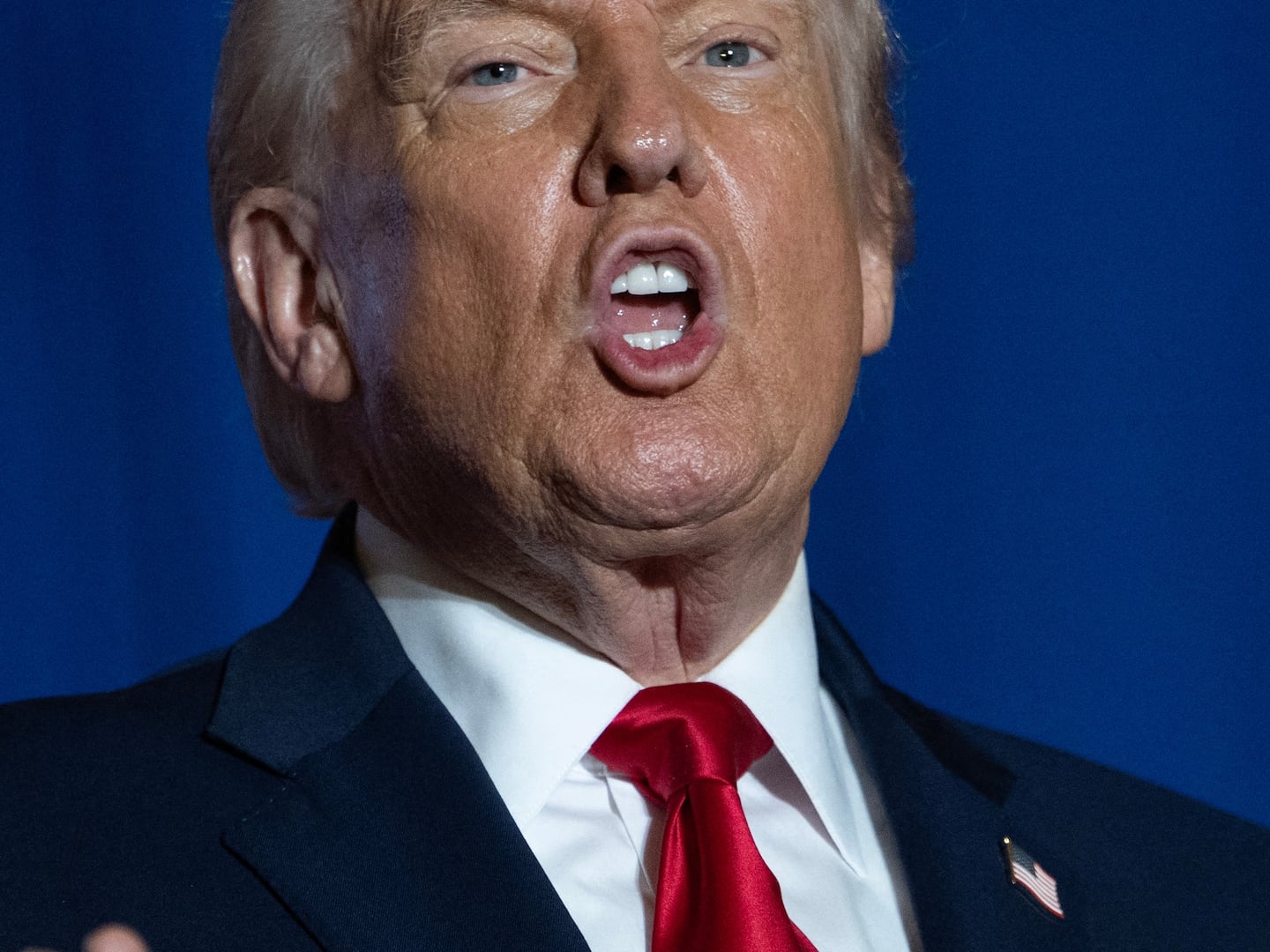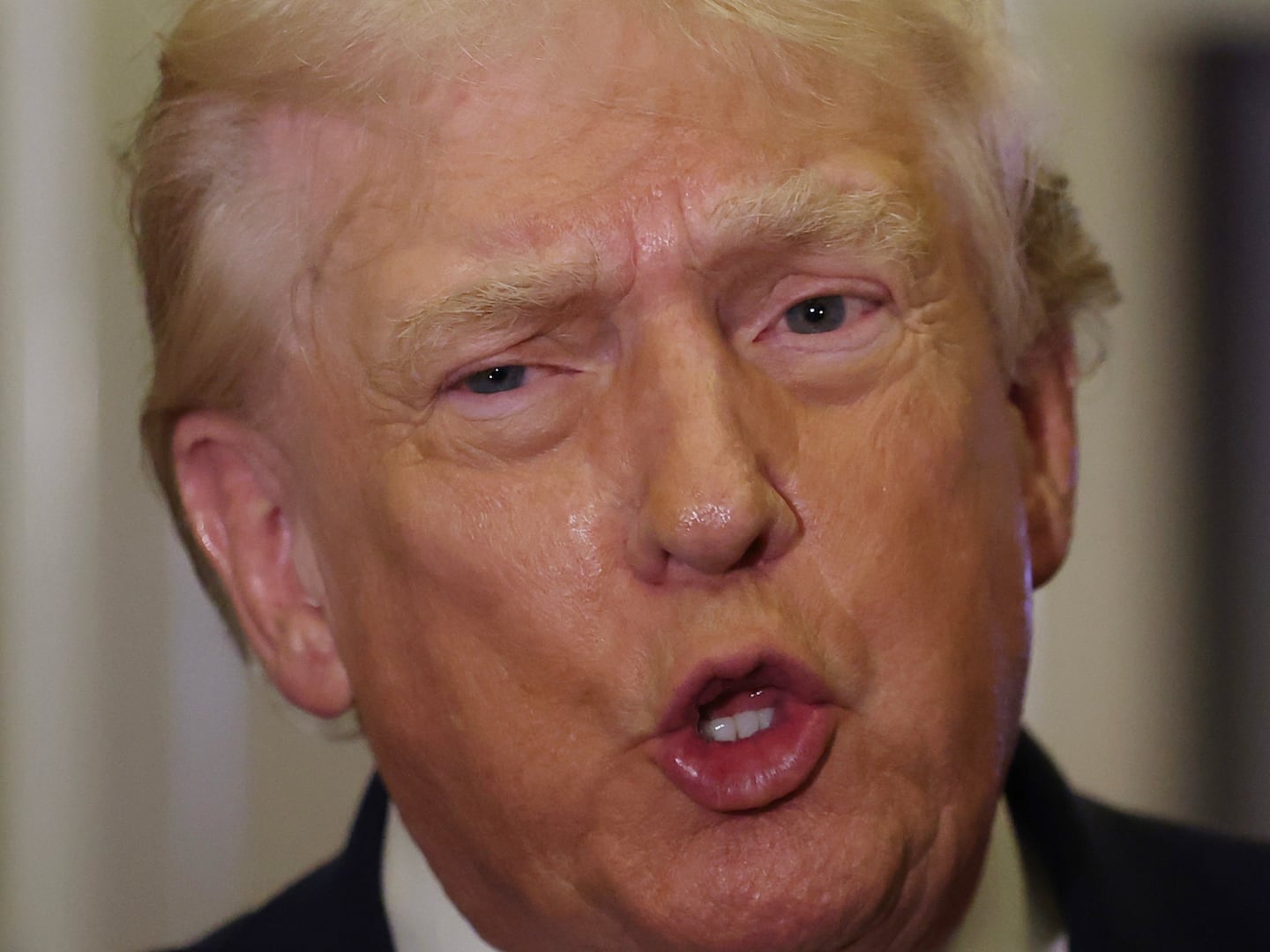Saudi Arabia is the world’s newest drone power. And that could be a problem, since the Saudis are in the midst of a rather nasty war.
Riyadh has signed a contract with Chinese firm Chengdu for an unspecified number of Pterodactyl drones, Saudi media reported in late August and early September.
The 30-foot-long, propeller-driven Pterodactyl, which Chengdu apparently modeled on America’s iconic Predator and Reaper drones, can fly for hours at a time carrying cameras and missiles. Operators on the ground control the unmanned aerial vehicle via satellite.
As far as killer drones go, the Pterodactyl probably isn’t terribly sophisticated—its sensors are certainly less capable than U.S.-made models—and that can mean the difference between life and death for innocent people caught in the crossfire as flying robots hunt militants on the ground.
Just ask people in Iraq. The Baghdad government acquired rudimentary CH-4 killer drones from China in late 2015. On one of the type’s very first missions against suspected ISIS terrorists in January, the drone’s operators accidentally targeted pro-government militamen, killing nine fighters and wounding 14.
The Saudi drone acquisition, for its part, could mean “grim news, especially for Yemenis,” Andrew Cockburn, author of Kill Chain: The Rise of the High-Tech Assassins, told The Daily Beast. Saudi Arabia’s Sunni regime has been bombing Shia rebels in Yemen for years, with a major escalation beginning in March 2015. The Saudi air campaign has killed thousands of civilians and destroyed irreplaceable ancient sites.
Riyadh wants the drones to help improve its targeting. But robotic aircraft don’t always make airstrikes more ethical. They can even have the opposite effect.
Able to fly for hours or even days at a time because they don’t have to support an onboard pilot, drones can provide military commanders reams of valuable intelligence. But when it comes to separating combatants from civilians, unmanned technology often falls short.
The grainy footage the drones shoot is open to misinterpretation by human analysts. A farmer carrying a hoe might appear to be a militant shouldering a rifle. A funeral can look like a gathering of terrorist plotters.
“Over the years we’ve seen a heavy toll in civilian casualties from U.S. drone strikes… thanks in large part to deficiencies in sensor fidelity of the Predators and Reapers employed by CIA and [Joint Special Operations Command],” Cockburn said. “The Chinese knockoff is definitely worse in that area.
“Given the apparent indifference to collateral damage already displayed by the Saudis in their ongoing air operations, we can expect a lethal fallout from this development.”
Saudi Arabia has wanted drones for at least six years. In February 2010, U.S. Ambassador to Saudi Arabia James Smith met with Prince Khaled bin Sultan—then the kingdom’s assistant minister of defense and aviation—to discuss intelligence-sharing.
“The ambassador highlighted [U.S. government] concerns about providing Saudi Arabia with satellite imagery of the Yemen border area absent greater certainty that Saudi Arabia was and would remain fully in compliance with the laws of armed conflict during the conduct of military operations, particularly regarding attacks on civilian targets,” the U.S. embassy reported, according to a diplomatic cable released by WikiLeaks in 2011.
Smith referred to an apparent Saudi airstrike on a building that the United States believed to be a Yemeni medical clinic. “If we had the Predator, maybe we would not have this problem,” bin Sultan said.
But the United States has, as a matter of policy, refused to sell killer drones to Saudi Arabia. Recipients of U.S. unmanned aerial vehicles “are to use these systems in accordance with international law, including international humanitarian law and international human rights law,” the U.S. State Department explained in a 2015 statement.
Saudi Arabia apparently doesn’t meet that criterion. The State Department’s most recent assessment of the kindgom’s human-rights violations highlights widespread violence against women, human trafficking, discrimination, and abuses by law enforcement and security personnel. “Lack of governmental transparency and access made it difficult to assess the magnitude of many reported human rights problems,” the State Department added (PDF).
That said, Saudi Arabia’s human-rights record has not barred it from buying manned warplanes from the United States, including scores of cutting-edge F-15s. The State Department treats drones as a special case, owing to what Peter W. Singer, an analyst at the New America Foundation in Washington, D.C., and author of Wired for War: The Robotics Revolution and Conflict in the 21st Century, described as the “unique politics” of killer robots.
In other words, armed drones in Saudi hands are more unsettling than armed F-15s in Saudi hands.
Barred from buying American drones, Saudi Arabia turned to China. There were reports as early as 2014 that the kingdom would acquire Pterodactyls, but it apparently took another two years for the sale to become official. It’s not clear when Saudi Arabia’s Chinese-made drones might become operational.
Saudi Arabia is not the only country that has looked to China to meets its killer-drone needs. “China sells to a number of states that the U.S. either would not—or it would be highly problematic getting it through our system,” Singer told The Daily Beast.
Besides Iraq, Nigeria too has become a major customer for Beijing’s armed robots. Like Saudi Arabia, Nigeria has a human-rights problem. Like Saudi Arabia, Nigeria is conducting an intensive air war against militants—in Nigeria’s case, from the Boko Haram Islamist group.
Thousands of civilians have died in Nigeria’s war with Boko Haram.
But Singer said it’s not fair to blame widespread civilian deaths on drones or any other technology. “Bad regimes tend to use technology in bad ways,” Singer said. “Regimes that care about human rights tend to use technology in a way that respects human rights.”
By that line of reasoning, don’t expect Chinese drones to make Saudi Arabia’s military intervention in Yemen any less horrific. Indeed, once the Saudis can park armed robots over Yemen practically around the clock, their war in Yemen might get even worse for civilians.






